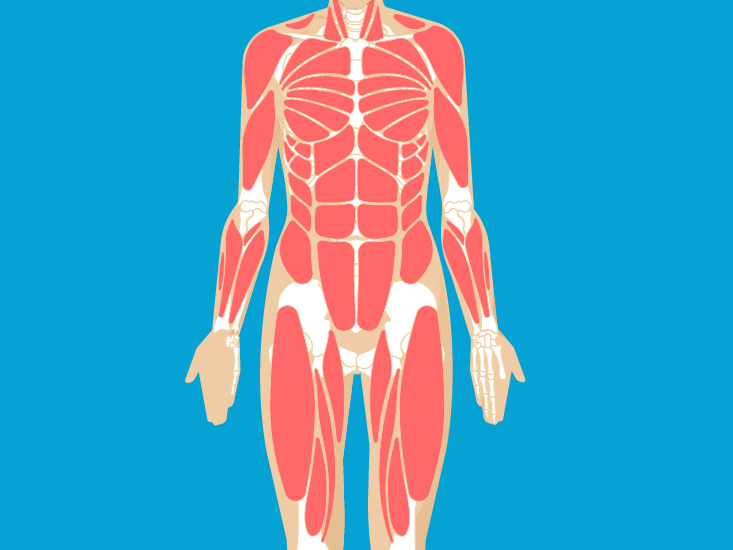Most people are aware of the crucial role muscles play in keeping us alive and moving us around.What might be surprising to some, however, is that muscles also secrete hormones that affect the brain. The connection between these seemingly distinct organs led a team of researchers at the Research Institute of the McGill University Health Centre (RI-MUHC) to investigate the relationship between low muscle mass and cognitive decline in adults aged 65 years and older.
While previous studies have shown a correlation between lower muscle strength and increased dementia risk, Stéphanie Chevalier, an associate professor at McGill’s School of Human Nutrition, and her team decided to focus on muscle mass independently from strength. They recently published a study analyzing data from the Canadian Longitudinal Study on Aging (CLSA) which had recorded comprehensive body composition and cognition data in 30,000 people between 2011 and 2013—and will continue to record this information every three years, for a total period of 20 years.
Using the data, the researchers examined whether low muscle mass was related to rapid cognitive decline. To assess cognition, they used three factors collected in the CLSA: Memory, executive functions—such as the ability to learn and adapt—and psychomotor speed, like reaction times. When testing for animal naming abilities, a commonly used activity to measure executive function, individuals with low muscle mass performed worse than their counterparts. There was, however, no significant relationship between decreased muscle mass and decreased memory function or psychomotor speed.
In an interview with The McGill Tribune, Chevalier discussed the importance of using special equipment to measure muscle mass in a clinical setting.
“Muscle mass is […] another indicator of evaluating the risk for cognitive decline. So, I think it should be measured much more,” Chevalier told the Tribune. “We need to have access to the tools to be able to do that, [but] it’s difficult.”
In a clinical setting, a Dual Energy X-ray Absorptiometry (DEXA) scan is used to measure bone density, as well as appendicular lean mass (ALM)—a measure of the total lean tissue in the arms and legs. ALM allows researchers to calculate the approximate muscle mass of a person, but although many hospitals have DEXA machines, the high cost of usage makes them less accessible.
In this study, the researchers used a DEXA scan as it is the most appropriate measurement for ALM. But there are more affordable options available to clinics and hospitals. For instance, certain gyms offer an alternative called bioelectrical impedance analysis, which estimates body composition. Another technique involves measuring the circumference of the lower leg. This method is less accurate than a DEXA scan, but as long as there is no water retention, it provides a reasonable estimate of muscle mass. By using these less precise but more accessible options, doctors could assess older individuals’ risks of developing dementia more easily.
According to Chevalier’s findings, the measurable characteristics of muscle mass make it a promising biomarker that should be used during tests for cognitive decline. Though Chevalier’s study does not demonstrate a causal effect between decreased muscle mass and decreased cognitive functions, it shows there is a correlation.
“I would want to repeat that same study in the CLSA that’s continuing now for 20 years altogether,” Chevalier said. “What we want to know now is those people who are able to maintain their muscle mass versus those who lose muscle mass with time, how does that impact cognitive decline?”
In addition to doing research, Chevalier is a nutritionist and emphasizes the importance of exercise and nutrition to maintain muscle while aging.









